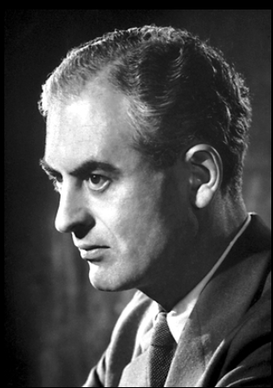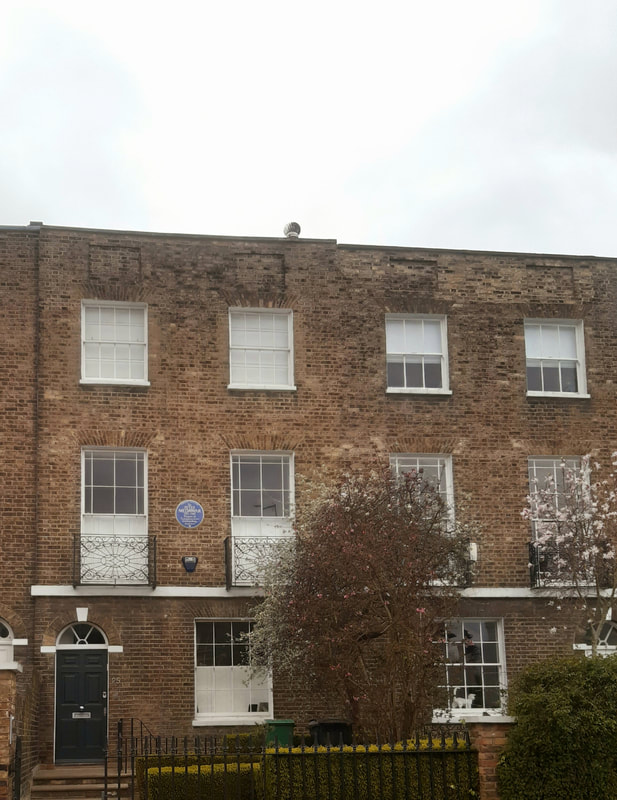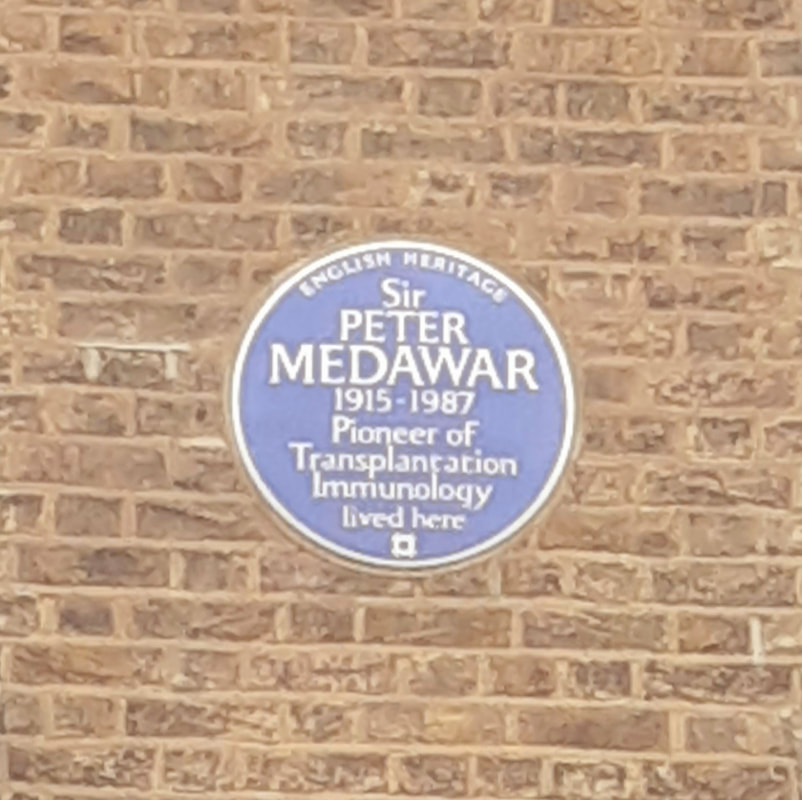|
As we are not running any events in the wake of Corona virus, it seems a shame for Peculiar to go into total hibernation but what to talk about instead? Perhaps this is not the most original idea in the world but after going for a stroll around Hampstead (home of Peculiar HQ) one thing I noticed we have in abundance is blue plaques, and while some names are well known others are really quite obscure, so for the time being we will be running a feature on obscure blue plaques of London - who were these people and what did they do that made them so blue palqueable?? We will kicking this feature off by talking about Sir Peter Medawar simply because he happened to live in this rather lovely house on Downshire Hill.... Sir peter medawar British scientist, famous for his pioneering work in organ transplants Born in Brazil in 1915 to a British mother and Lebanese father who had a business selling false teeth. Peter was sent to the Uk age 12 to board at Marlborough college, his time there was not a happy one as he was picked on by both staff and pupils for being foreign. The bullying and racism he experienced at Malborough gave him a life long hatred of the British public school system which he later described as... 'A tribal institution founded on twin pillars of sex and sadism'... In 1932 he went to Magdalen college oxford to study zoology, while he was there he met his wife Jean who he married 1937, they went on to have 4 children. After graduating from Oxford he continued to work in academia researching ways to repair damaged nerves. When World War Two broke out he got a job at the burns unit of Glasgow royal hospital and began to develop new techniques in using skin grafting to treat burn wounds. Over the next 15 years he continued to develop this research with the help of Australian scientist Frank Mcfarlane Burnett and made several advances not just in skin grafting but also transplanting organs. In 1960 he was award a Nobel prize for his groundbreaking discovery on how tissues can be grafted to prevent the body from rejecting a donor organ Sadly in 1969 suffered a stroke which left him physically handicapped but still mentally alert, he continued his research and also wrote several books including an autobiography entitled 'The Memoirs of a Thinking Radish' He died in 1987 age 72 having received a knighthood for his contributions to medicine
1 Comment
|
peculiar londonInteresting bits of London history and news of our tours and events Categories |



 RSS Feed
RSS Feed